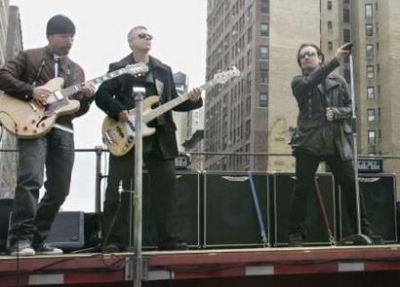 New electronic devices are cutting edge, the play things of the young and hip.
New electronic devices are cutting edge, the play things of the young and hip.As it turns out, this is not at all the case with the Kindle reading device.
Don't be fooled by the advertisements that feature young intellectual types with Kindles in hand, riding the subway to exciting jobs in New York City. The Kindle is for old people.
Amazon did a survey and found that the vast majority of Kindle owners are fifty years of age and older. Hardly the young, hip set.
In part, it could be a cost issue. Older people have more disposable income than the young hipsters who have college loans to repay. Kindles do not come cheap.
More books are purchased by the middle-aged and the senior citizen, who have more time to read and who still find reading to be a pleasurable pursuit. The kids are too busy playing video games to sit down with a book, even one that is presented on an electronic box.
What may put the nail in the coffin for Kindle use among younger people is the fact that the typical Kindle user is suffering from age-related physical decline. People with arthritis can use the reader because they don't need to turn a page with their crippled hands. No one needs reading glasses with a Kindle because the print can be enlarged, so those suffering with weakening eyesight love their Kindles.
Once the younger generation gets wind of the data, they'll avoid being seen with a Kindle. How could such a device be cool if it's a toy for one's grandmother?
For the publishing world, one positive bit of data emerged from the survey and it's good news indeed. People who are unable to read hard copy are buying Kindle-ready books, which puts to rest a fear that those buying for Kindle were thus not buying a physical book. With Kindle, according to Amazon, the market has grown, rather than collapsed in on itself.
So if it's the senior set that's taken to the Kindle, are the kids doing all their reading on their iPhones?











